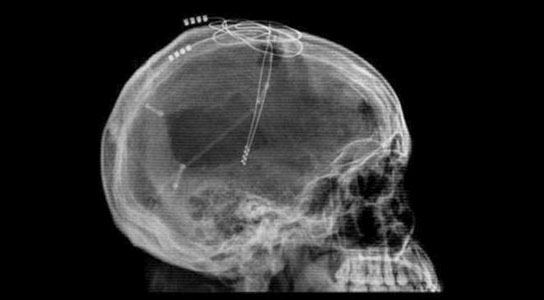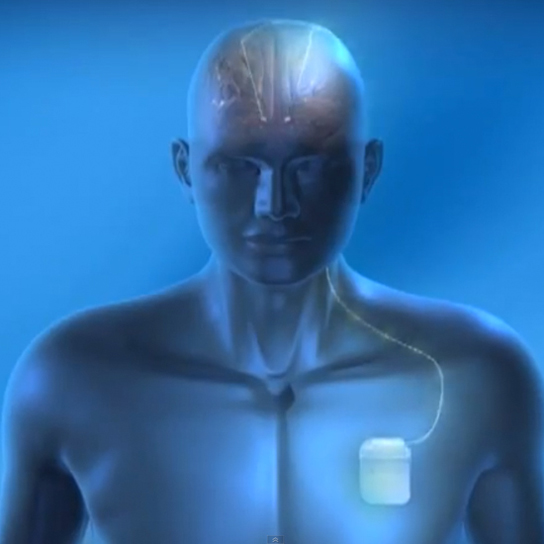
Brain pacemaker provides deep brain stimulation and has been used in thousands of people with Parkinson’s disease.
In November, researchers at Johns Hopkins Medicine implanted a pacemaker-like device into the brain of a patient in the early stages of Alzheimer’s disease. This device provides deep brain stimulation and has been used in thousands of people with Parkinson’s disease. It is seen as a possible way of boosting memory and reversing cognitive decline.
The surgery marks a new direction in clinical research and it’s designed to slow or halt the ravages of Alzheimer’s. Instead of using drugs, this study uses low-voltage electrical charges delivered directly to the brain.

In 2010, as part of a preliminary study, the devices were implanted in six Alzheimer’s patients in Canada. Patients with mild forms of the disorder showed sustained increases in glucose metabolism, an indicator of neuronal activity, over a 13-month period.
A second patient will undergo the same procedure in December. “Recent failures in Alzheimer’s disease trials using drugs such as those designed to reduce the buildup of beta amyloid plaques in the brain have sharpened the need for alternative strategies,” states Paul B. Rosenberg, site director of the Johns Hopkins clinical trial.
Some 40 patients will receive the brain stimulation implant over the next year at Johns Hopkins and four other institutions in North America as part of the ADvance Study led by Constantine G. Lyketsos and Andres Lozano. Only patients whose cognitive impairment is mild enough that they can decide on their own to participate will be included in the trial.
More than 80,000 patients with Parkinson’s have undergone the same procedure in the past 15 years, with many reporting fewer tremors and requiring lower doses of medication afterward. The surgery involves drilling holes into the skull to implant wires into the fornix on either side of the brain. This is a brain pathway instrumental in bringing information to the hippocampus, and the portion of the brain where learning begins and memories are made. Alzheimer’s symptoms appear here first. The wires are attached to a pacemaker-like device, which generates tiny electrical impulses into the brain, 130 times a second.









Its about time other options are being explored after years of ineffective medication treatment.
😮
😀 FINALLY